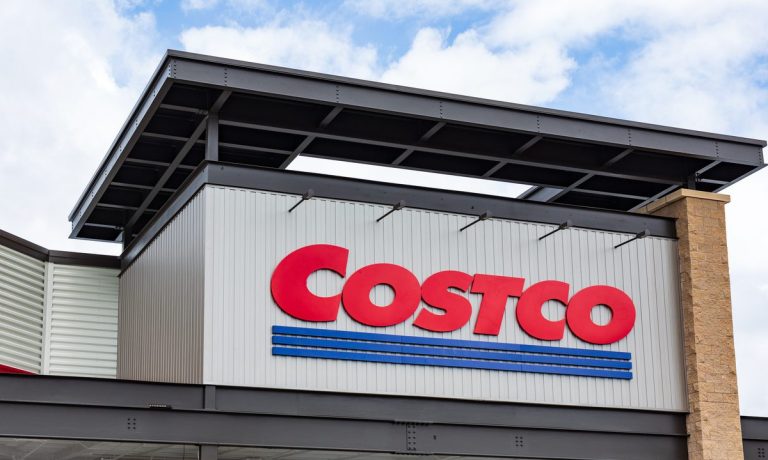Costco’s Strong March Sales Reflect Cautious Consumers, Put Retailers on Watch

New sales data from the country’s largest chain of warehouse stores shows consumers are indeed making changes in how and where they shop as a result of the short-term spike in energy prices and related costs caused by Russia’s attack on Ukraine.
In releasing its monthly sales results for March, a metric very few national brands report, Costco said its same store sales rose a better-than-expected 18.7% for the five weeks ending April 3, to $21.6 billion.
Even when gasoline prices — which spiked 35% in late February when the war began — are backed out, the $260 billion retail giant said sales from its 573 U.S.-based warehouse stores still rose 12.7% versus a year ago.
While this is all well and good for Costco, the broader implications of the data are that it is the latest large-scale reading on how consumers are reacting to the changing economic environment.
The Retail Response
As it is, anecdotal evidence and preliminary data had widely projected that the unprecedented rapid rise in average fuel prices last month would result in an array of changes in how consumers spend when their buying power is shrinking.
In short, belt tightening comes in a huge range of different forms, as consumers have to make deeply personal decisions that are relevant to their particular household situation.
As a result, the impact on retailers — and, in turn, the broader economy — can vary widely.
For example, belt-tightening in less fiscally constrained households can take the form of bulk buying, pre-ordering or subscription usage to avoid being on the wrong side of product shortages.
On the other hand, the growing number of families living on a paycheck-to-paycheck basis — including the 50% of households earning over $100k per year that PYMNTS data show are currently existing that way — is apt to see more aggressive scale backs and spending modifications. Trading down in brands or quality, cutting back on discretionary items, and increased reliance on coupons and rewards, are just a few of the responses being closely monitored during this inflationary phase not seen since the late 1970s.
Other Ramifications
It’s not as if the shift to warehouse-style shopping and increased desire for bargain hunting was unexpected. In fact, since Feb. 23 when the shooting in Ukraine began, shares of Costco have risen 21% compared to just 1.4% for the S&P Retail Holders Index (XRT).
Meanwhile, other retail-oriented industries outside of traditional merchandise-based stores that report real-time monthly metrics (rather than after-the-fact quarterly results) are also seeing a significant impact, such as the auto industry.
As PYMNTS reported in the wake of double-digit monthly sales declines reported by many of the largest car makers, the latest dip in purchasing was driven by more than chip shortages and inventory constraints that have plagued the new car market — and also fueled used car prices to record levels — over the past year.
“Ordinarily, a U.S. economy this strong would translate into light vehicle sales in the 17-million range,” GM Chief Economist Elaine Buckberg said in a statement released Friday (April 1) that showed the automaker’s Q1 deliveries fell 20% from a year ago.
Even so, with gas prices edging back, GM and many other market watchers remain optimistic that the present upheaval will be short-lived.
“Improvements in the supply chain should lift auto sales as the year progresses, despite headwinds from higher inflation and fuel prices,” Buckberg added.